Shanghai scientists have devised a new material that can be used to develop two-dimensional, low-power-consumption computer chips, which may significantly improve their energy efficiency and have important implications for smartphone battery endurance.
Low-power consumption, high-performance chips based on the material will also support the sustainable development of 5G, artificial intelligence the internet of things and other fields, and promote the popularization of the next generation of smart devices, the researchers said.
As electronic devices become smaller and more powerful, the number of transistors continues to increase even as the chips themselves become smaller.
Experts explained that when the thickness of conventional silicon-based transistor materials is reduced to the nanometer level, their insulating property is significantly reduced, resulting in current leakage. This not only increases the chip's energy consumption, but also causes heat generation to increase, affecting the stability and service life of a device.
To solve the problem, a team of scientists at the Chinese Academy of Sciences' Shanghai Institute of Microsystem and Information Technology developed an innovative metal intercalation oxidation technology and used it to form a sapphire crystal dielectric, which is used in the development of 2D low-power chips with high performance.
A paper about the breakthrough was published in the international academic journal Nature on Wednesday.
2D semiconductor materials are ideal for the next generation of integrated circuit chips. Samsung is working on the application of such materials in the manufacture of high-frequency, low-power consumption chips. Taiwan Semiconductor Manufacturing Co is researching how to integrate such materials into existing semiconductor processes to improve transistor performance and reduce power consumption.
And the European Union has passed the European Chips Act, which promotes the research and development of 2D semiconductor materials.
Di Zengfeng, leading researcher on the team, said the core of the technology lies in the ability to precisely manipulate oxygen atoms so that they can be embedded in a crystal lattice of aluminum layer by layer at room temperature to form an orderly single crystal alumina dielectric material — sapphire.
Conventional alumina materials often exhibit a disordered structure, which can lead to a significant decrease in their insulating property in very thin layers. However, a single-crystal sapphire structure results in its higher electron mobility and lower current leakage, Di said.
"The orderly placement of the material at the microscopic level ensures the stability of the electrons during transport, making it possible to prevent current leakage even at a thickness of only 1 nanometer, thus significantly improving the energy efficiency of the chips," he said.

















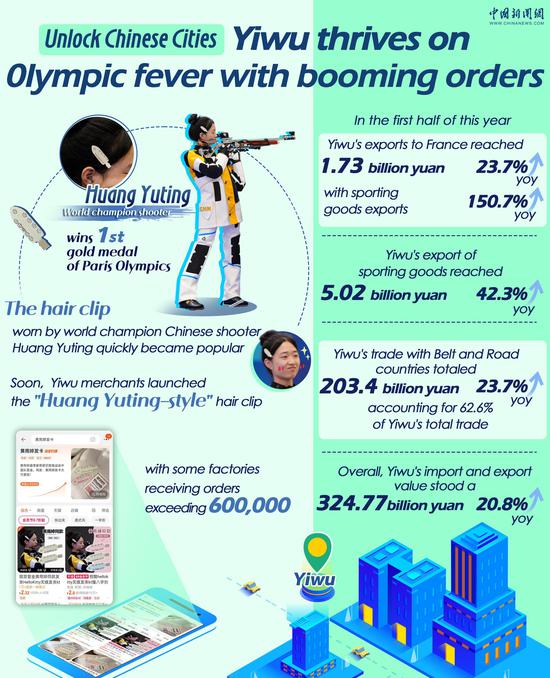
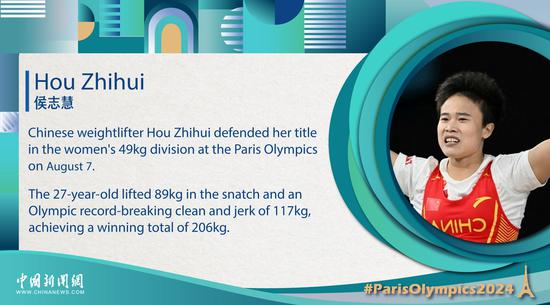












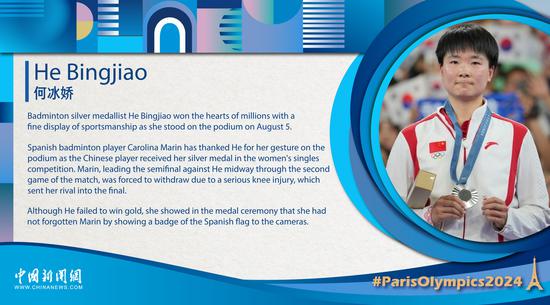
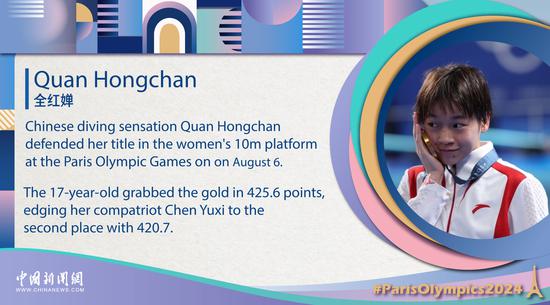

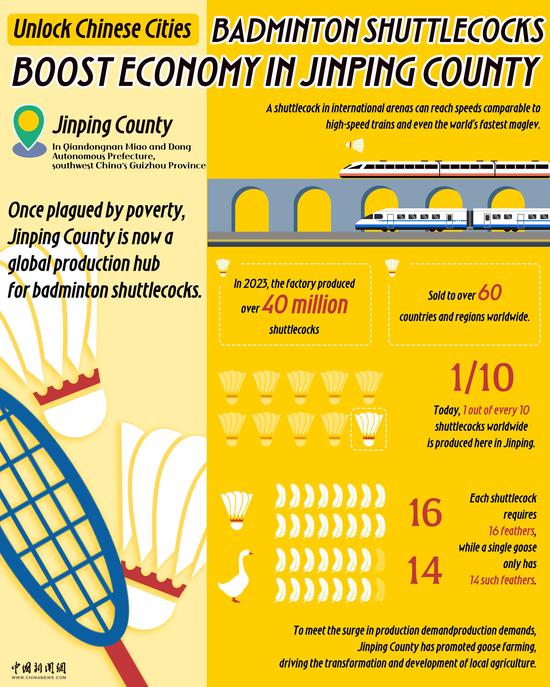

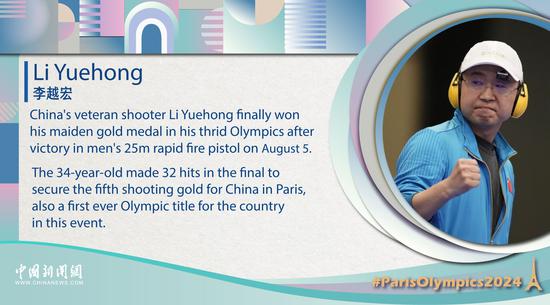

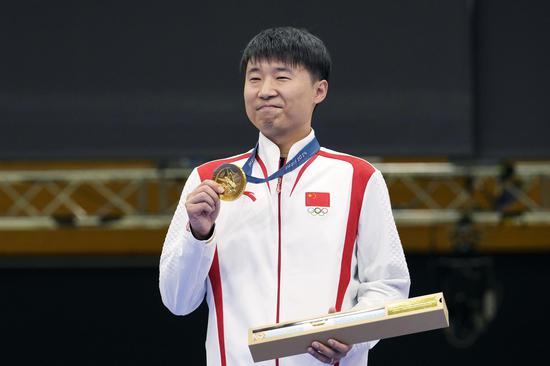

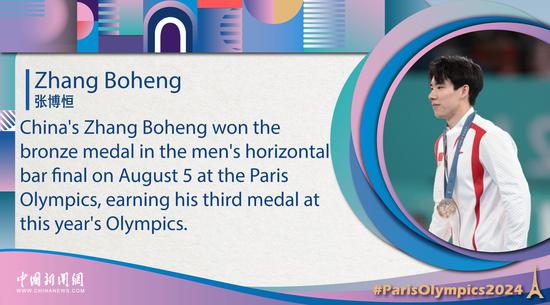

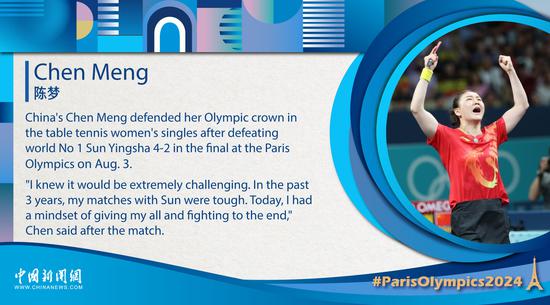

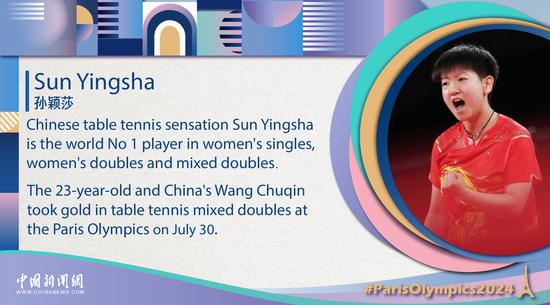





 京公网安备 11010202009201号
京公网安备 11010202009201号